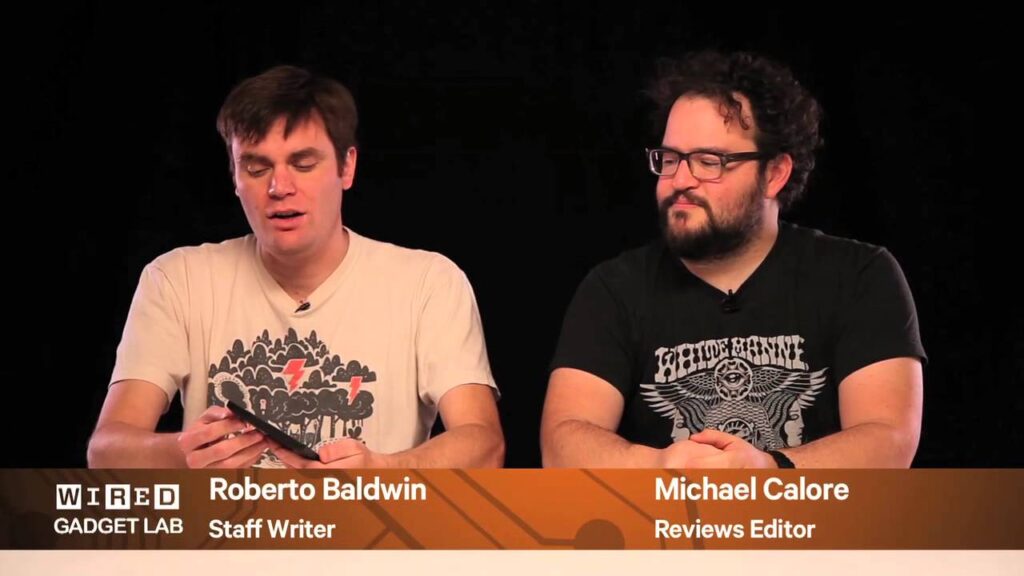Unsinkable Metal: How We Made It and Its Potential Applications
Summary
Researchers at the University of Rochester have developed a super hydrophobic metal surface that can keep objects floating on water, even if they’re punctured with holes. By etching metal with a powerful laser and creating a surface with hydrophobic properties inspired by nature, they have made structures with an effective density that’s less than water. This feature provides them with high buoyancy, making them unsinkable. In an interview with the inventor, Professor Chen Lai-Gu, we learned about the project, its inspiration, and its potential future applications.
Table of Contents:
- The Project – How it Began
- Developing the Super Hydrophobic Surface
- Making the Structure Unsinkable
- Nature’s Inspiration
- Applications and Scalability
The Project – How it Began:
The project is a continuation of work the researchers did years before where they developed a super hydrophobic surface. According to Professor Chen Lai-Gu, an optics and physics professor at the University of Rochester, the team used ultra-fast laser pulses to process the material surface, which created microstructures and nanostructures. These structures trapped a lot of air on the surface, forming an “air cushion” that had super hydrophobic properties.
Developing the Super Hydrophobic Surface:
The researchers used ultra-fast laser pulses to etch metal, generating microstructures and nanostructures that form a range of super hydrophobic surfaces. The multiple tiny structures on the surface trap a large amount of air, creating an air cushion that has super hydrophobic properties. The air cushion allows the metal to stay afloat on water, even if it’s punctured with holes. The portion of the surface that has been punctured will sink, but the surrounding area will still be super hydrophobic, keeping the rest of the structure floating.
Making the Structure Unsinkable:
To make the structure unsinkable, the researchers arranged super hydrophobic surfaces facing each other, leaving an air gap in between. This structure traps a large amount of air, and the whole thing becomes less dense than water, thus making it unsinkable. Professor Chen Lai-Gu stated that the metallic structure can still float, even if it’s punctured multiple times. When any portion of the metallic structure is punctured, the surrounding area will still maintain the super hydrophobic properties, keeping water off the rest of the structure.
Nature’s Inspiration:
The researchers were inspired by two types of creatures for this project: iron-bound spiders and fire ants. Both of these creatures have super hydrophobic body surfaces that allow them to stay afloat. For instance, iron-bound spiders live their entire life underwater but need to breathe. Periodically, they come to the surface and use their hydrophobic body to trap air, creating air pockets that they use to breathe underneath water. Fire ants, on the other hand, grab onto each other and form a raft that keeps them afloat, thanks to their super hydrophobic body surfaces which trap large amounts of air between their body surfaces.
Applications and Scalability:
The researchers believe that unsinkable metallic structures have a range of potential applications, such as ships and ocean vessels, flotation devices, and electronic protection that needs to be deployed at sea. According to Professor Chen Lai-Gu, with a larger and faster laser, they could scale up the technology to create larger structures. A notable feature of this structure is that it can still stay afloat, even under a heavy load, and consequently, the metallic structure itself can survive a sinking incident caused by damage.
Conclusion:
The University of Rochester’s super hydrophobic metallic structure has the potential to revolutionize many industries. The inventors’ inspiration from nature has led them to make structures that are unsinkable, even when punctured. The technology can be applied to many fields such as shipbuilding, electronics protection, and flotation devices. It’s an exciting time as researchers continue to explore possibilities available to this new technology.







